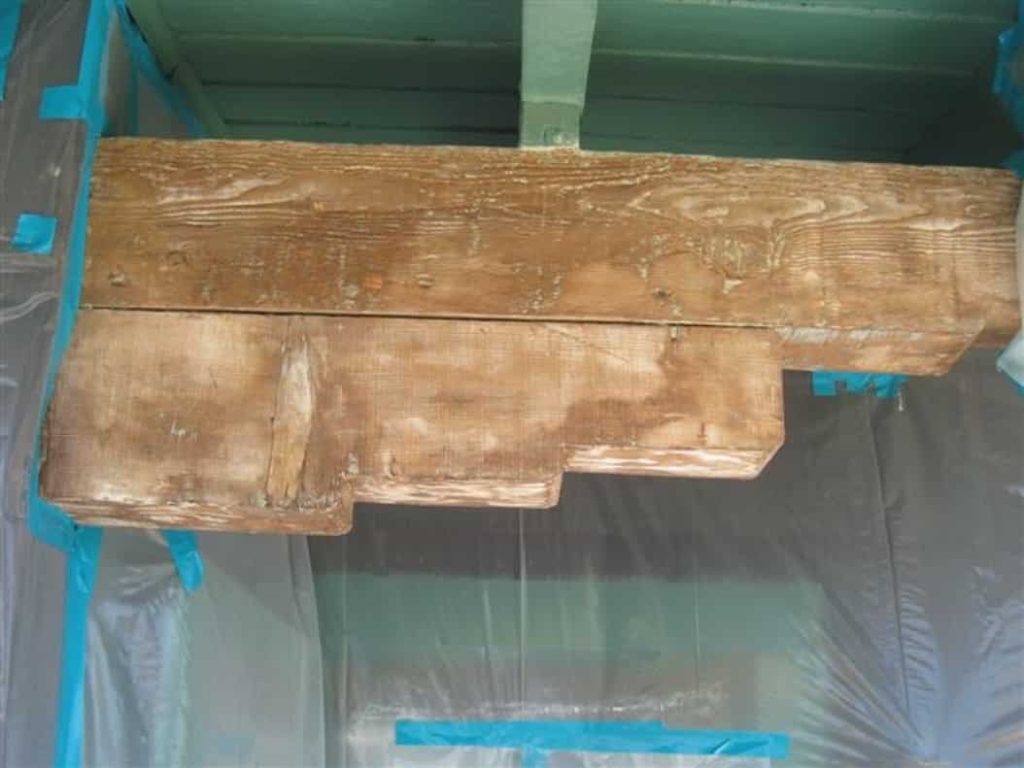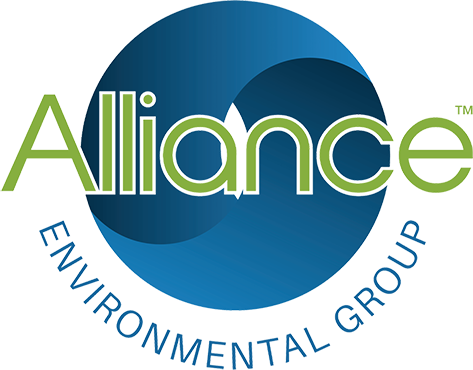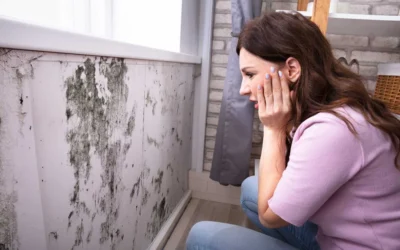Why Is Lead Paint Removal Essential for Your Health?

Lead is an element that has been used as an additive to paint for pigmentation and durability for over a hundred years in the United States. However, as negative health effects from lead-painted houses became more prevalent, use has diminished. In spite of this, there are still millions of houses containing lead paint. It is a health imperative to encourage lead paint removal.
Why Is Lead Paint Removal Essential for Your Health?
Starting with the Colonial times in the United States, lead was a popular base for paint, and it was used in structures of all kinds for a few good reasons: it served as a long-lasting pigment, it was easily washable, and it was more durable than alternative forms of paint. As housing and settling grew following the industrial era of the United States, the use of lead paint grew as well, peaking in 1922, when governments started endorsing its widespread application in public services and government offices. It is estimated that 87% of houses built in the United States were painted with lead—which left a lot of houses in need of lead paint removal.
However, prevalence of the use of lead paint in U.S. houses showed a marked decline following the second world war. Around this time, the negative health effects were becoming better understood, and cases of illness caused by acute lead toxicity from paint were mounting. Organizations like the League of Nations and the City of Baltimore started taking corrective actions to discourage its use. Following this trend, an estimated 69% of homes built in the United States between 1940 and 1960 were painted with lead, followed by 24% between 1960 and 1978, at which point lead paint use in the U.S. was banned altogether and lead paint removal services were issued in their place.
In spite of the ban and cessation of its use, houses with lead paint still exist. According to an academic study conducted between 1998-2000, an estimated 38 million homes still contained lead paint at the time (which was down by approximately half since 1990 because of lead paint removal). If you are living in one of these affected homes, why is lead paint removal a necessity for your health?
The Negative Health Effects of Lead Paint.
Since no lead paint has been applied since 1978, any existing lead paint will either have been covered over, or it will be deteriorated and flaking. Paint that is covered over often does not pose an acute health problem, but that could change easily if the existing paint is sanded off, or through constant water runoff. Flaking and peeling paint, however, is significantly worse, as it can turn to dust and become airborne in a fine particulate, or it can permeate the water supply, which is why lead paint removal is strongly advised.
Without lead paint removal, lead in the human circulatory and digestive system can lead to terrible health effects of a wide range, including headaches, muscle and joint pain, hearing problems, problems with digestion, reproductive problems, and cognitive problems, like lack of focus and concentration.
Without lead paint removal, the problems for children can be much worse. Lead toxicity in children can cause developmental problems to the brain and nervous system, resulting in lower I.Q. levels, delayed cognitive function, trouble with learning, trouble with concentrating, behavioral problems (including delayed development) and slowed growth. In addition, children are much more susceptible to the acute health effects listed above, and they are at a much higher risk for fatality resulting from lead poisoning.
What Can Be Done About It?
If you have peeling or flaking lead paint in your house, there are a few avenues you can take to mitigate any possible health effects. A common avenue of first resort is to simply seal or paint over the lead paint. This practice is highly discouraged, however, since it only prolongs the inevitable. As long as the lead paint is there, it will always be a hazard, and covering it up can only give the false impression that there is no hazard. As well, water runoff or even simple scratching of furniture can release lead into the breathing air, and even trace amounts of dust can have negative health consequences. Lead paint removal is the superior option.
An alternative is lead paint removal. To save money, some will likely resort to getting the proper PPE and a few electric tools and a shop vacuum to try to tackle the job themselves, but this is also highly discouraged because there is limitless potential for cross-contamination if the job is done improperly.
The safest and most effective means of pursuing lead paint removal is to hire a professional company which specializes in environmental and waste disposal. These lead paint removal companies have trained, and OSHA-authorized professionals conduct thorough inspections, set up closed vacuum systems, and carefully and meticulously work their way around the house while constantly testing contamination levels.
Click here to learn more.
Looking for a personalized service that can help you make your home or business more environmentally responsible, health-and-safety compliant, and adapted to the rapidly changing industry guidelines and regulations? From attic insulation replacement and removal to full-scale commercial mold remediation, to lead paint removal, you need the most experienced environmental remediation company in the west. Contact Alliance Environmental Group today



